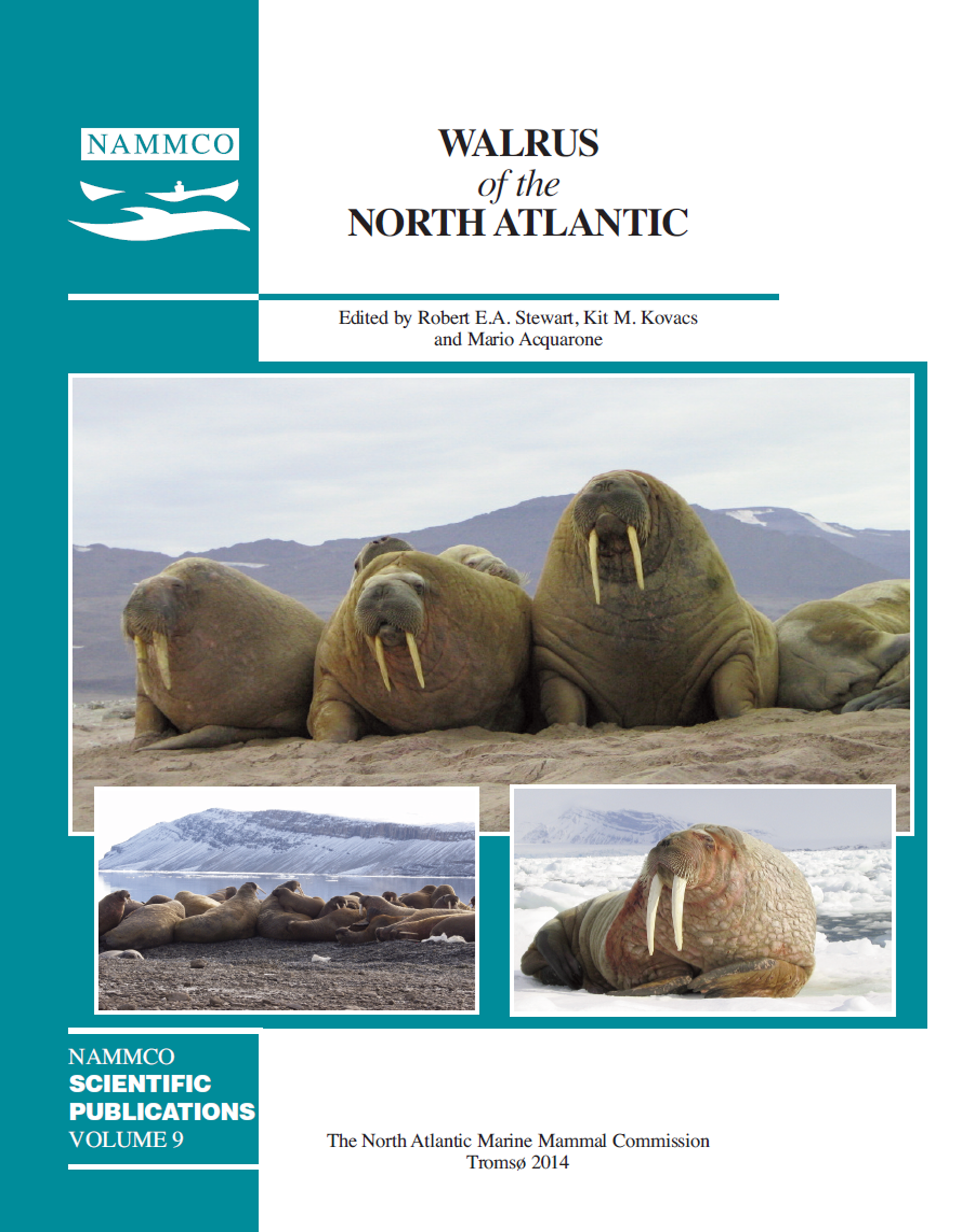A note on a walrus’ European odyssey
DOI:
https://doi.org/10.7557/3.2921Keywords:
walrus, Odobenus rosmarus rosmarus, migrant, movements, satellite taggingAbstract
This study reports on the first successful identification of the site of origin of an extralimital walrus in Europe. On 24 February 2010 an adult male Atlantic walrus (Odobenus rosmarus rosmarus) migrant was instrumented with a SPOT-5 satellite-linked transmitter (SLT) while hauled out on a beach on the Faroe Islands at 62° 15' N/06° 32' W. This SLT transmitted until 5 March during which period the walrus made local movements, likely for feeding. Transmissions were not received during 6-25 March, however, visual observations during this time indicated that the walrus remained at the Faroe Islands. A second transmitter was deployed on the same animal on 25 March 2010 at another site on the islands (62° 16' N/07° 04' W). Activity data collected over 13 days indicated that the walrus hauled out in three different places in the Faroe Islands and used a total of 24% of its time resting on land. On 29 March 2010 the walrus left the Faroe Islands and headed WNW towards NE Iceland. On 2 April it took a NNE course and swam towards Svalbard where the last location was received from a sea ice covered area on 25 April 2010 at 78° 27' N/09° 20' E (i.e. ca. 40 km west of the island of Prins Karls Forland in the western Svalbard archipelago). During 29 March-22 April the walrus swam a minimum distance of 2216 km between the last location at the Faroe Islands and the first location at Svalbard, with an average swimming speed of 4.5 km/h. A genetic analysis indicated that this walrus belonged to the Svalbard-Franz Josef Land subpopulation, thereby confirming that it returned to its site of origin.





